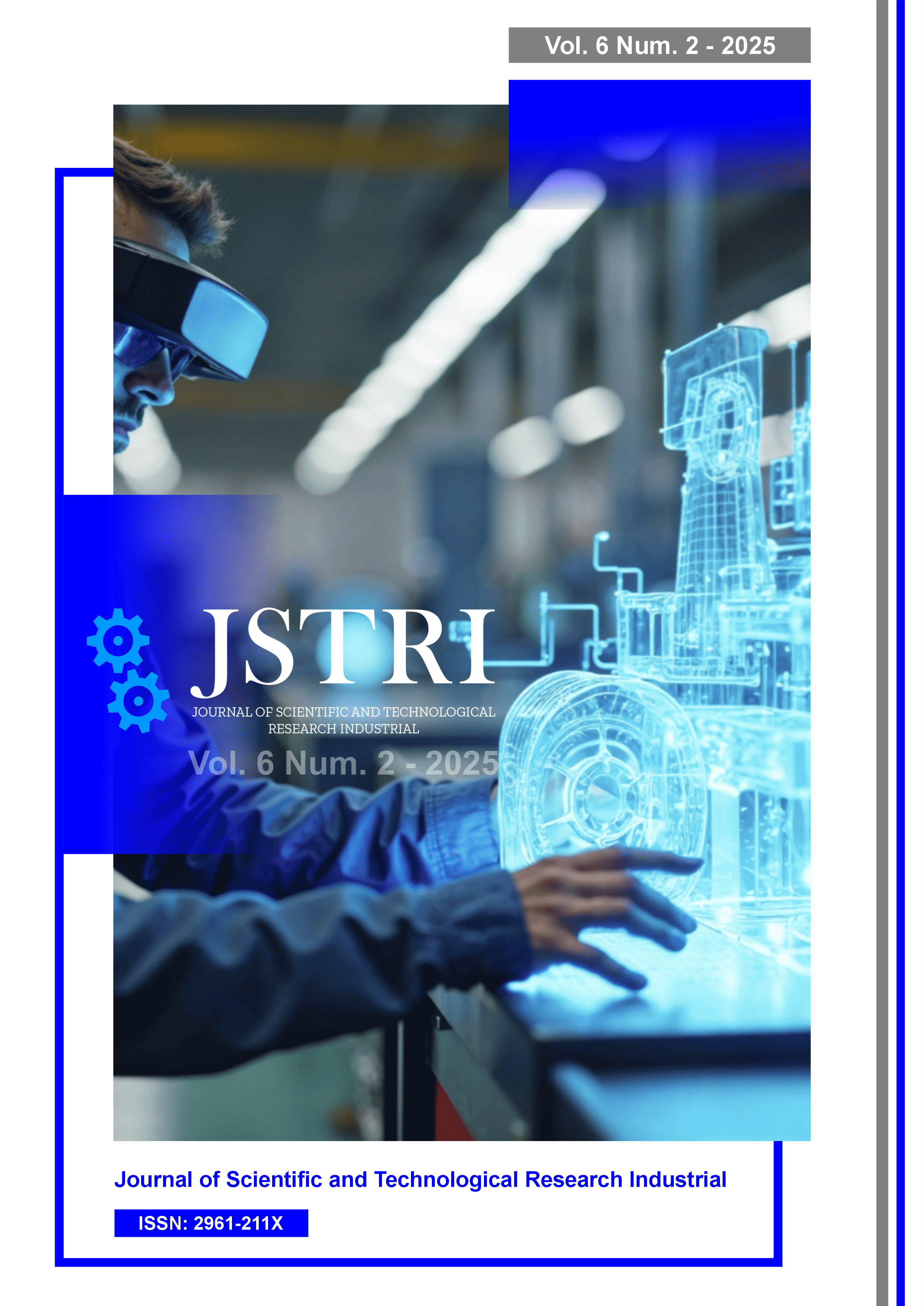Abstract
Quantum computing is a concept that has innovated traditional computing, its multidisciplinary nature combines computing, physics and mathematics together with quantum mechanics in search of solving complex problems. After the systematic review of the literature in various databases covering the period of the last 10 years under selection criteria, a total of 11 studies were obtained with the theme of the "application" of "quantum computing". It is concluded that the research published until 2020 presents various applications of quantum computing; However, it is evident that multiple disciplines that could benefit from this concept have not yet presented practical studies. This review intends to promote research to innovate in the application of quantum computing in other disciplines in favor of scientific development.
References
Amausson, J. (s.f.). The impact of quantum computing on cryptography. Computer Fraud & Security, 6, págs. 8-11. https://www.sciencedirect.com/science/article/abs/pii/S1361372317300519
Arun, G., & Mishra, V. (s.f.). A review on quantum computing and communication. International Conference on Emerging Technology Trends in Electronics, Communication and Networking (ET2ECN), (págs. 1-5). https://ieeexplore.ieee.org/document/7044953/authors#authors
Askhay, A., & You, F. (2019). Quantum computing for energy systems optimization: Challenges and opportunities. Energy, 179, 76-89. https://www.sciencedirect.com/science/article/abs/pii/S0360544219308254
Askhay, A., & You, F. (2020). Quantum computing assisted deep learning for fault detection and diagnosis in industrial process systems. Computers & Chemical Engineering, (pág. 107). https://www.sciencedirect.com/science/article/abs/pii/S0098135420308322
Da Silva, S., Kaizer, J., Kessler, E., & Rauber, A. (2019). A Monadic Semantics for Quantum Computing in an Object Oriented Language. Science of Computer, 173(15), 37-55. https://sci-hub.se/10.1016/j.scico.2018.03.003
Glivicka, J. (2020). Comparación de la educación superior en computación cuántica en toda Europa con especial énfasis en la República Checa. Edulearn, 6(7), 3922-3926. https://dialnet.unirioja.es/servlet/articulo?codigo=8616527
Hu, F., Lamata, L., Sanz, M., Chen, x., Chen, X., Wang, C., & Solano, E. (2020). Quantum computing cryptography: Finding cryptographic Boolean functions with quantum annealing by a 2000 qubit D-wave quantum computer. Physics Letters A, 10, pág. 126. https://www.sciencedirect.com/science/article/abs/pii/S0375960119311569
Imre, S. (2014). Quantum computing and communications – Introduction and challenges. Computers & Electrical Engineering, 40, 134-141. https://www.sciencedirect.com/science/article/abs/pii/S0045790613002565
Keplinger, K. (2018). Is quantum computing becoming relevant to cyber-security? Networl Security, 9, 16-19. https://www.sciencedirect.com/science/article/abs/pii/S1353485818300904
Orús, R., Mugel, R., & Lizaso, E. (2019). Quantum computing for finance: Overview and prospects. Reviews in Physics, 4, pág. 100. https://www.sciencedirect.com/science/article/pii/S2405428318300571
Priya, P., Ulrike, S., & MacLean, A. (2020). Quantum Computing for High-School Students An Experience Report. 2020 IEEE International Conference on Quantum Computing and Engineering (QCE), (págs. 323-329). https://ieeexplore.ieee.org/document/9259970

This work is licensed under a Creative Commons Attribution 4.0 International License.
Copyright (c) 2025 Gianmarco Garcia Curo, Erika Mirella Gutierrez Sullca, Fernando Viterbo Sinche Crispin





